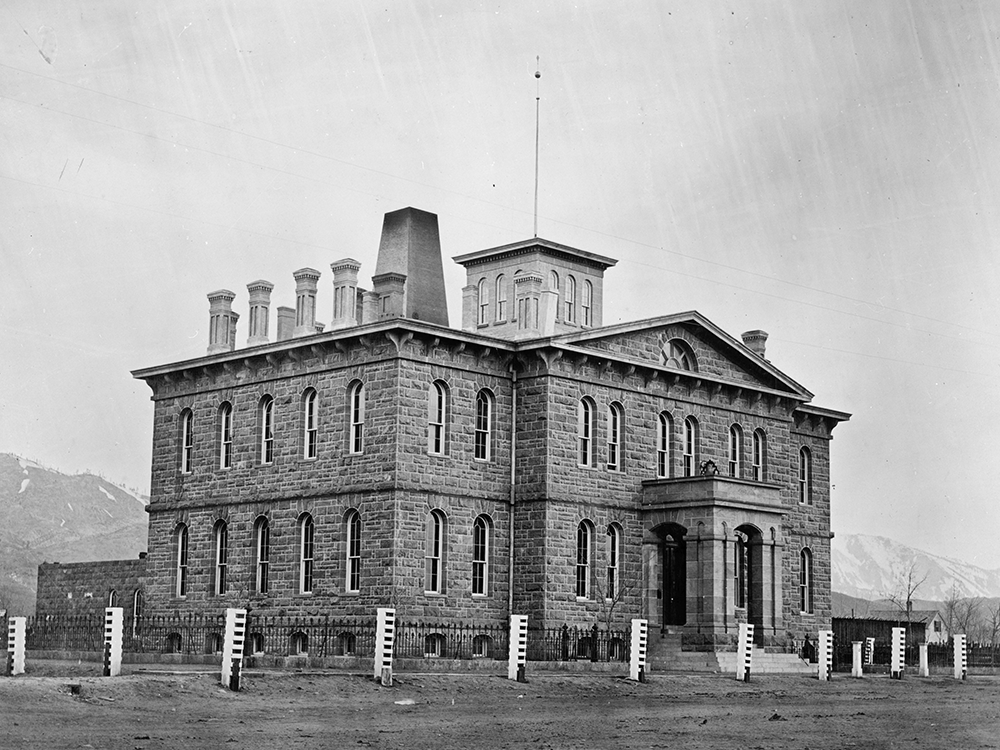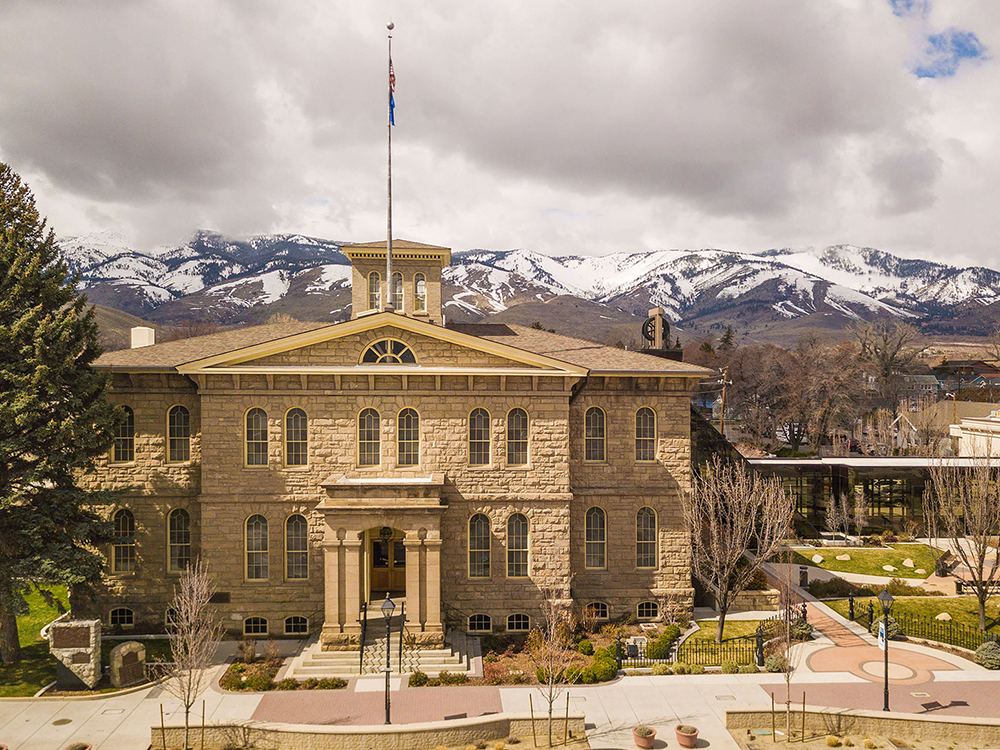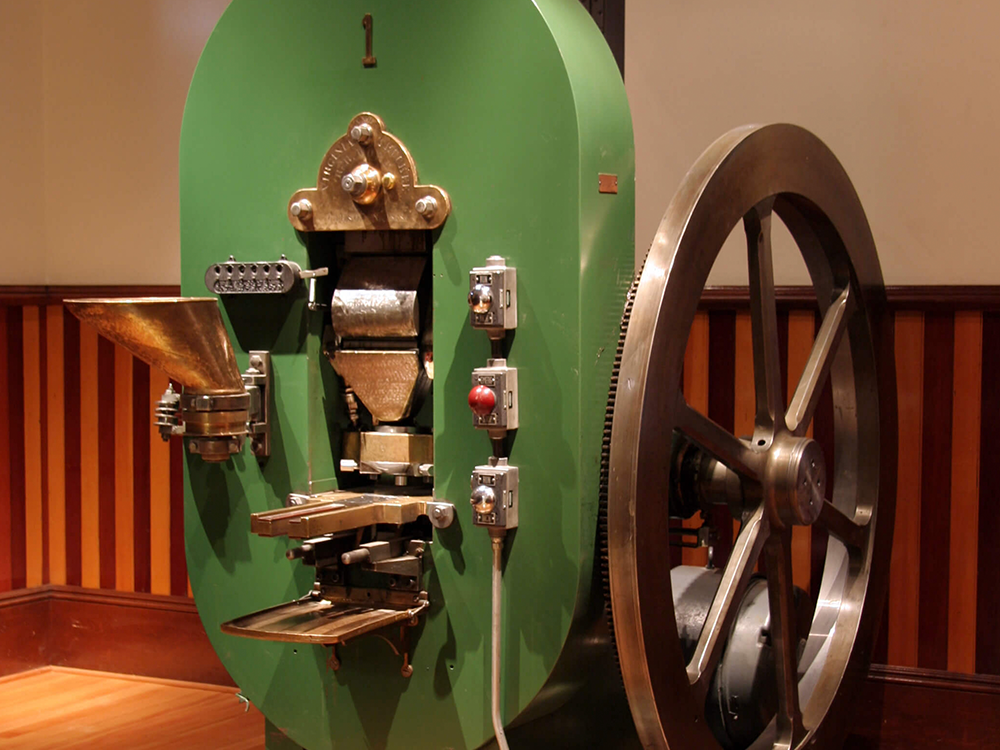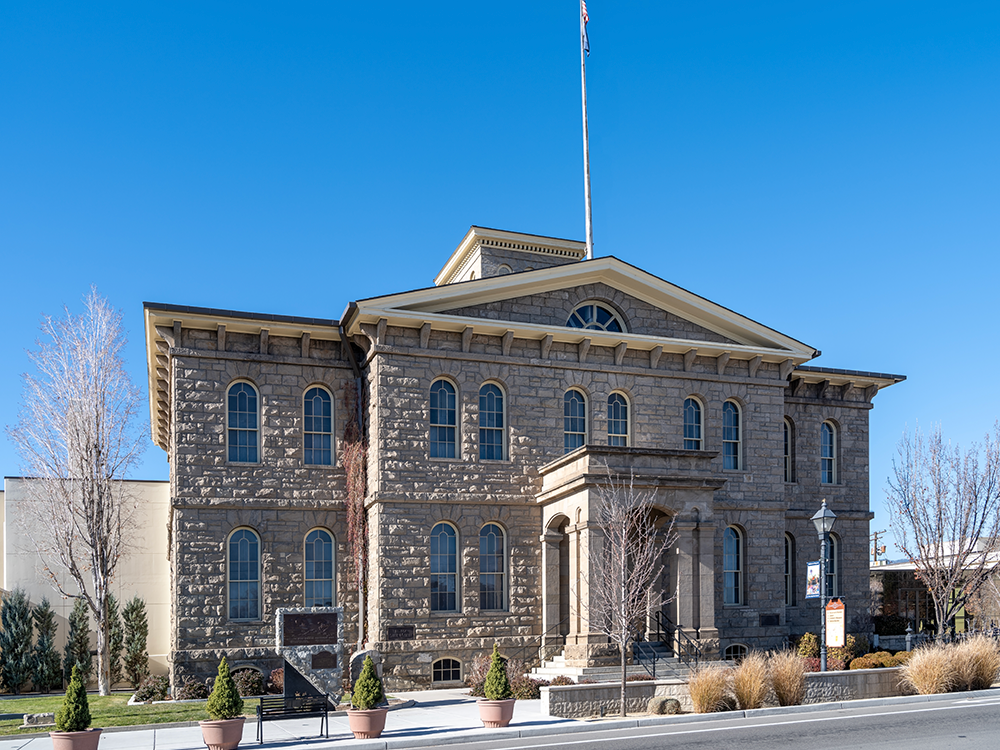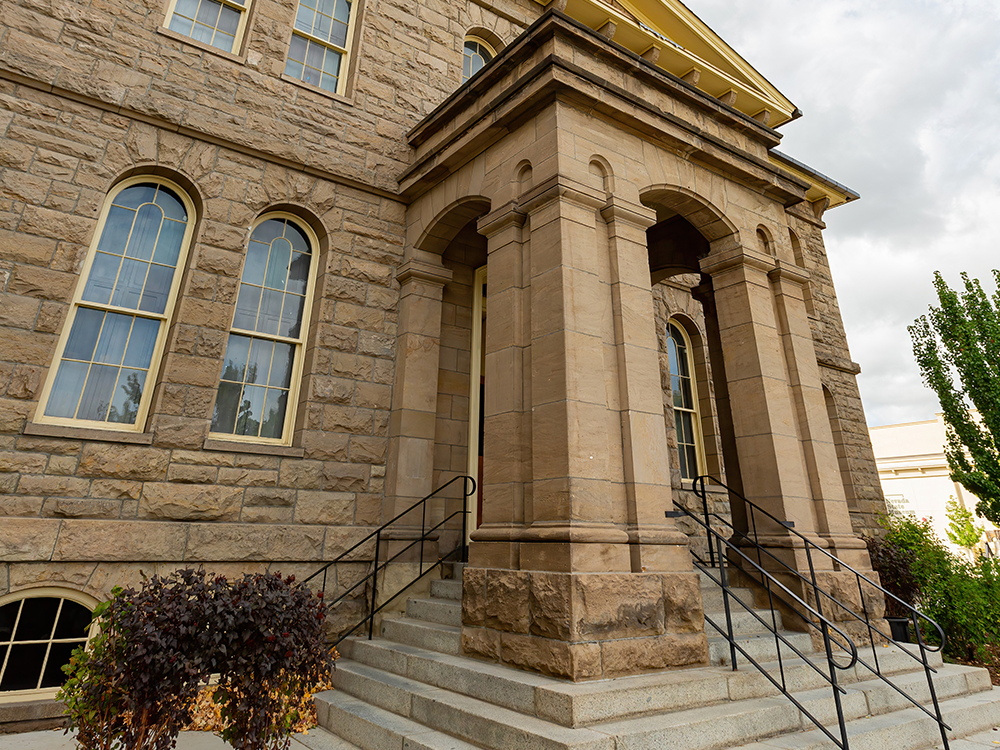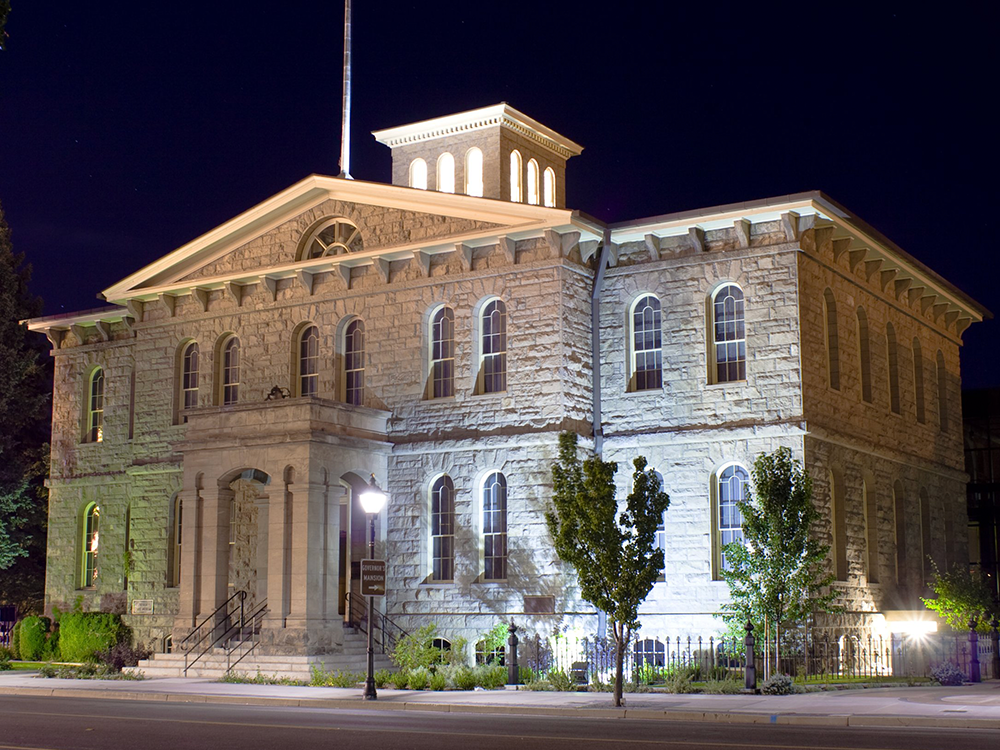Perhaps no group of U.S. coins kindles the imagination and historic nostalgia of collectors more than those struck at the mint in Carson City, Nevada between 1870 and 1893. The origins of this fabled facility go back to 1862, when a movement began among residents of the then Nevada Territory to establish a mint nearby. The existence of the Comstock Lode of silver ore near Virginia City, Nevada had been made public three years earlier, and the region was soon flooded with prospectors, much as had occurred ten years earlier in California. Even though the U.S. had opened a mint in San Francisco in 1854, transporting the ore over the Sierra Nevada mountains by stagecoach in these pre-railroad days was both expensive and dangerous. In the Mint’s annual report of 1863, Director Pollock mentioned the rich mineral discoveries in the West, and a bill was soon introduced to establish a mint in the Nevada Territory. After a quick passage, it was signed into law by President Abraham Lincoln in March of that year. By September, Judge Hiram P. Bennett, who had been commissioned by the Secretary of the Treasury Salmon P. Chase to select a site for the mint, had chosen Carson City, much to the dismay of the citizens of nearby Virginia City. Progress in building and opening the new Mint was slow, due in large part to the ongoing Civil War, and it was not until 1866 that groundbreaking took place, by which time Nevada had joined the Union as the 36th state. After three arduous years marked by numerous delays, the mint was finally ready to begin striking coins in January, 1870. During its roughly 23 years of operation, the Carson City Mint struck both silver and gold coins. Liberty Seated dimes, quarters, halves and dollars (including Trade dollars) were made through 1878, at which point silver coinage switched exclusively to Morgan dollars through 1893 (with a brief suspension between 1886 and 1888). Gold half eagles, eagles and double eagles were struck between 1870 and 1893, again with a break in the last half of the 1880s. Following its closure in 1893, the mint served as the U.S. Assay Office for gold and silver until 1933. In 1939, the federal government sold the building to the state of Nevada, and now houses the Nevada State Museum in Carson City.
Mintage quantities were typically (though not always) lower than the other two active mints during this period, making most “CC” issues more costly today than their Philadelphia and San Francisco counterparts. Several Carson City issues have reached legendary status due to their rarity. The 1873-CC No Arrows dime is unique, and was reportedly the last coin famed collector Louis Eliasberg acquired to complete his U.S. collection. The 1876-CC twenty cent piece is another extreme rarity, for despite its mintage of 10,000 pieces, fewer than twenty pieces are known today as the mint was ordered by Director Henry R. Linderman to melt all pieces on hand in March, 1877. The gold coins of 1870 from Carson City are all very rare, as are the silver minor pieces. Both the 1879-CC and 1889-CC Morgan dollars are key dates, and a gem example of the latter reaches well into six-figures. Stacks Bowers Galleries was indeed privileged to have been selected to sell the Battle Born Collection in 2012, which consisted of a complete collection of Carson City issues, including the unique 1873-CC No Arrows dime (which brought $1,840,000) as well as many of the finest-known specimens of the others. That event certainly was among the numismatic highlights of the decade, and underscored the ongoing popularity of these romantic relics of the “Old West” with collectors today.
